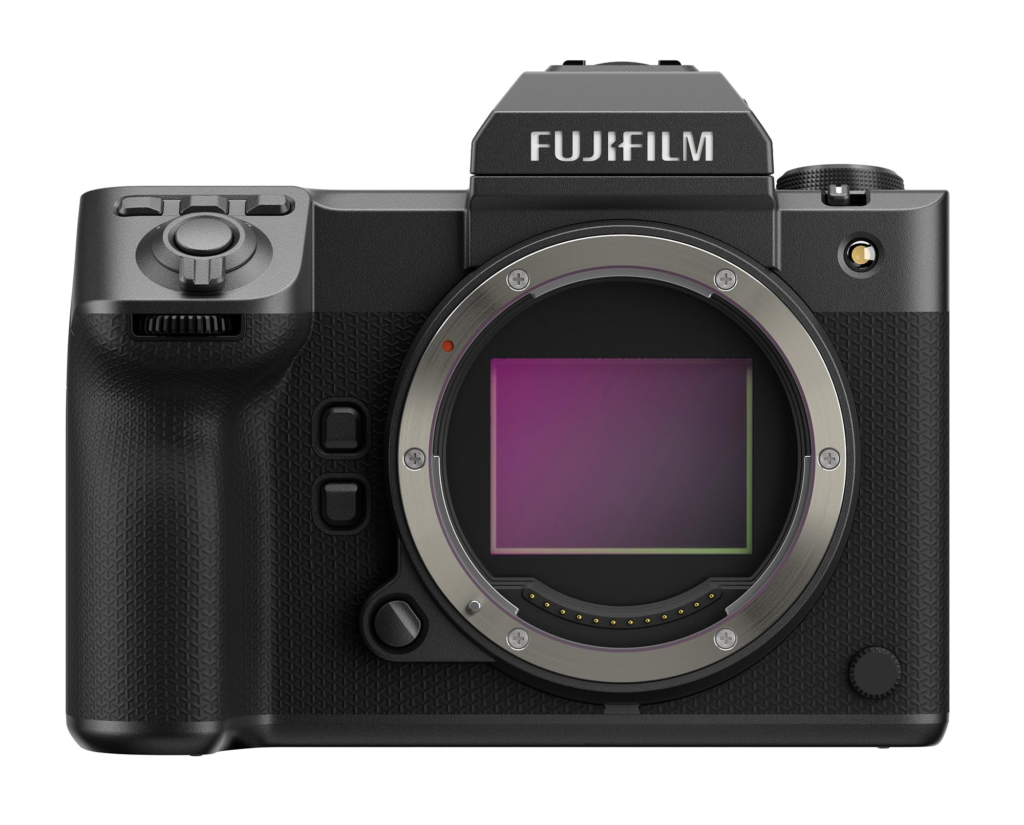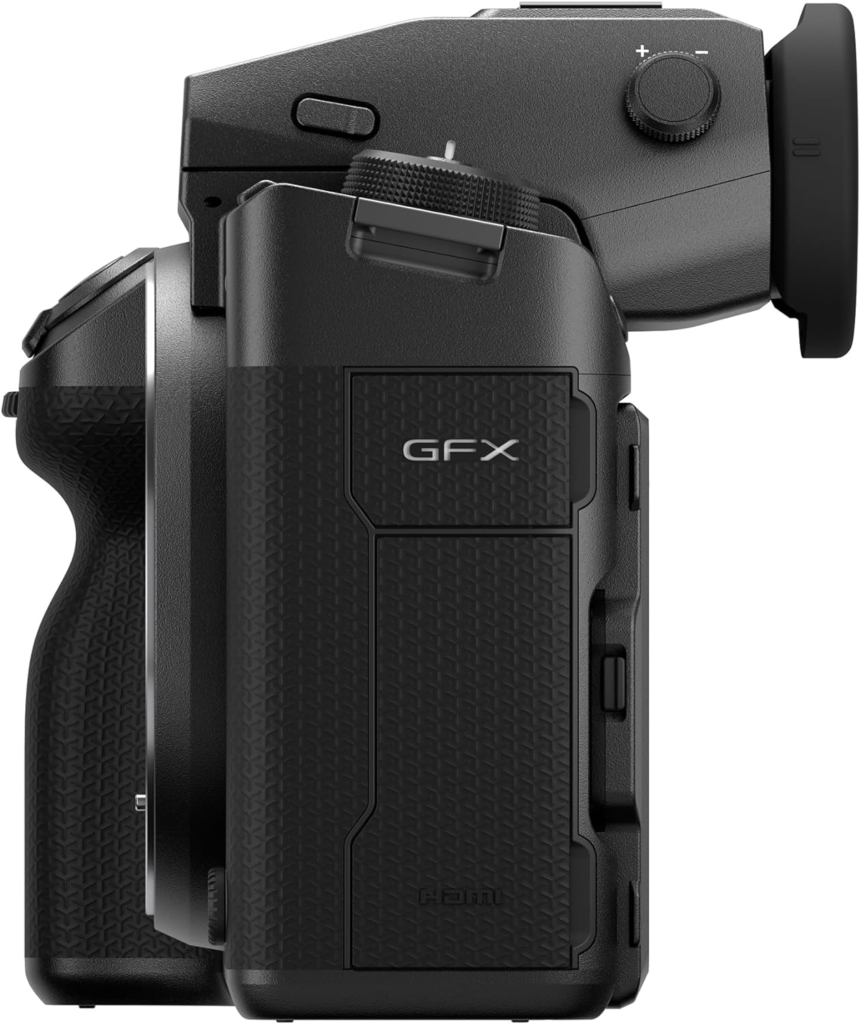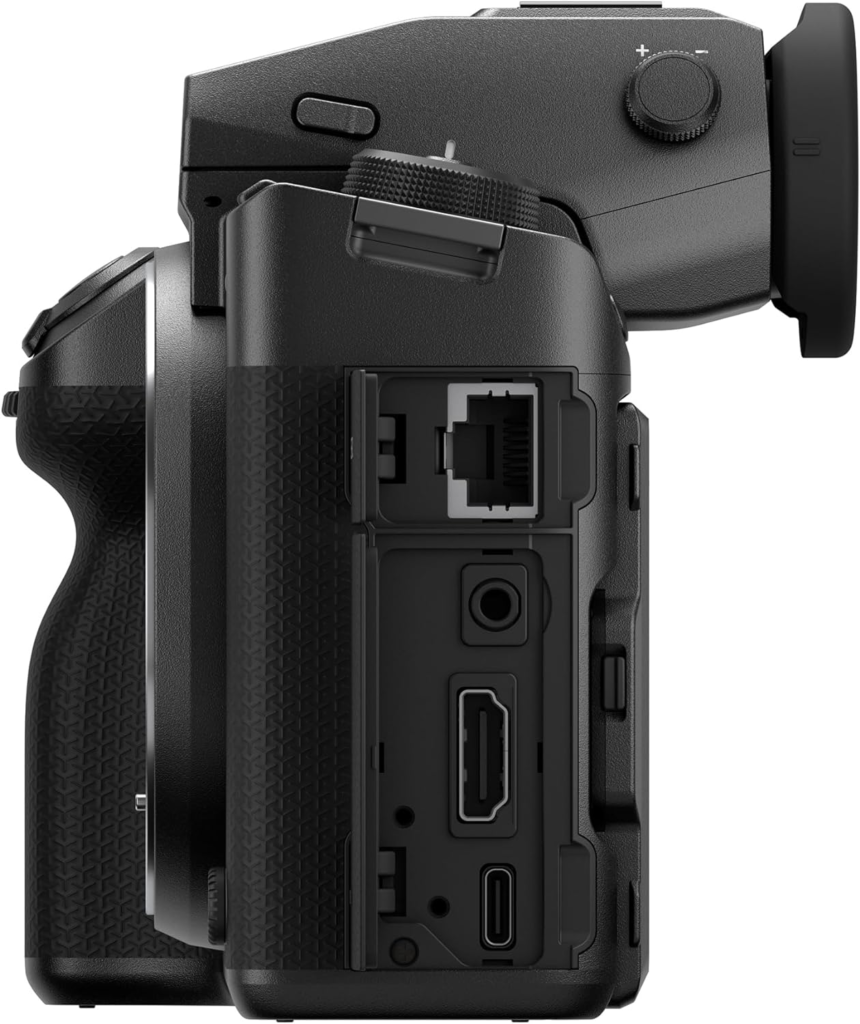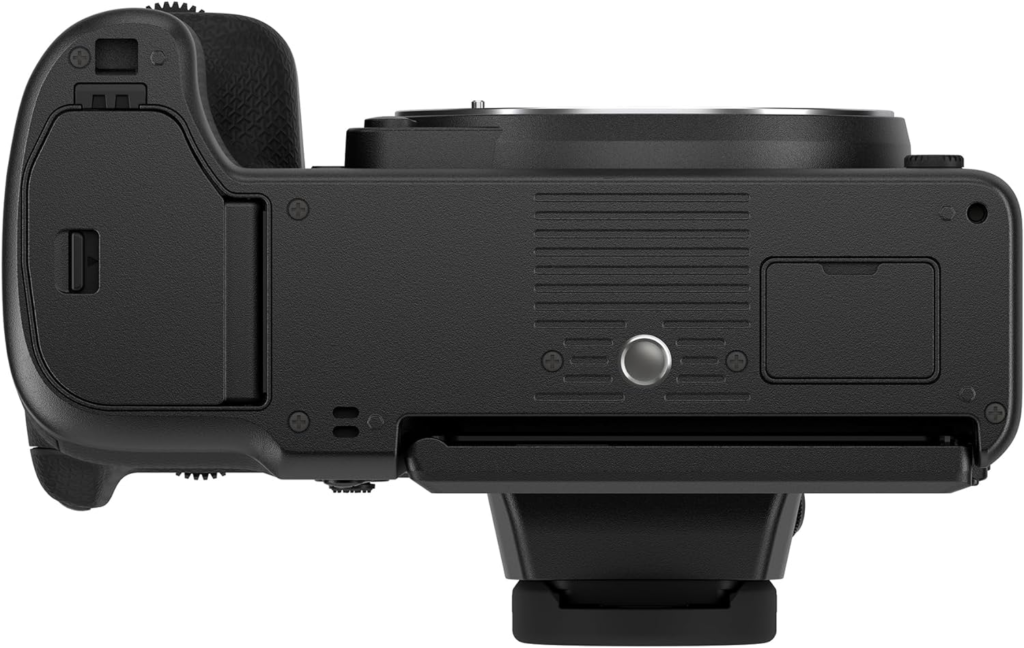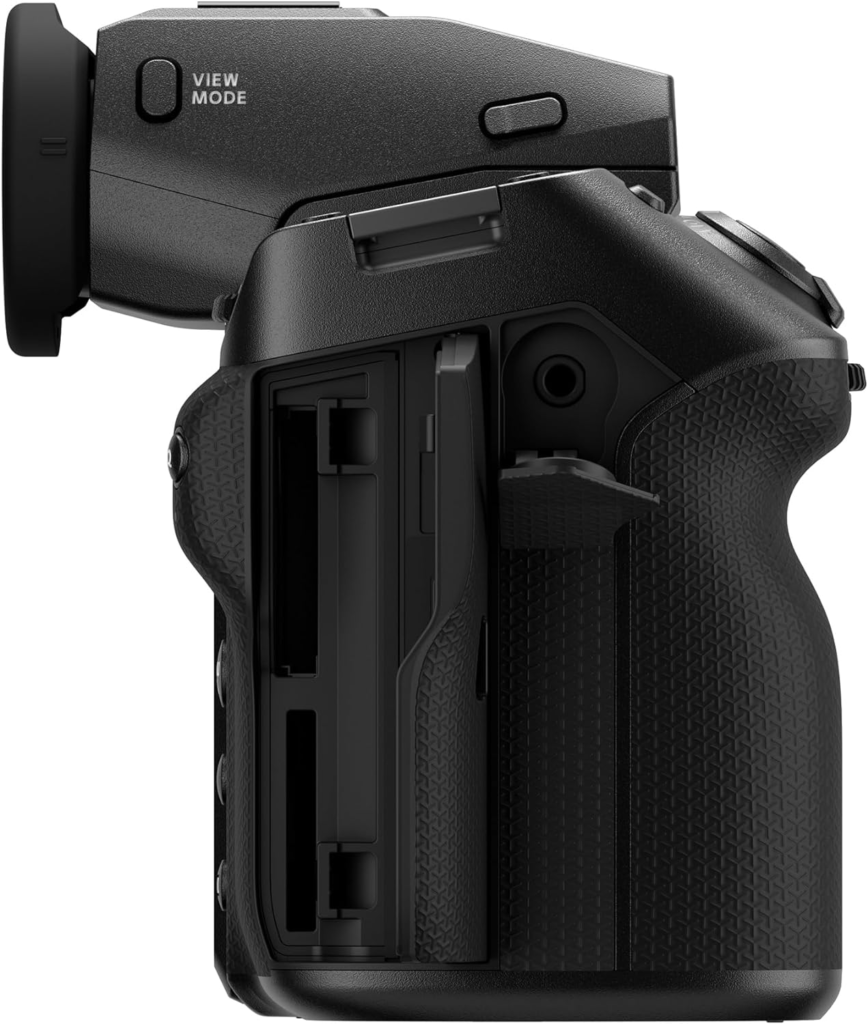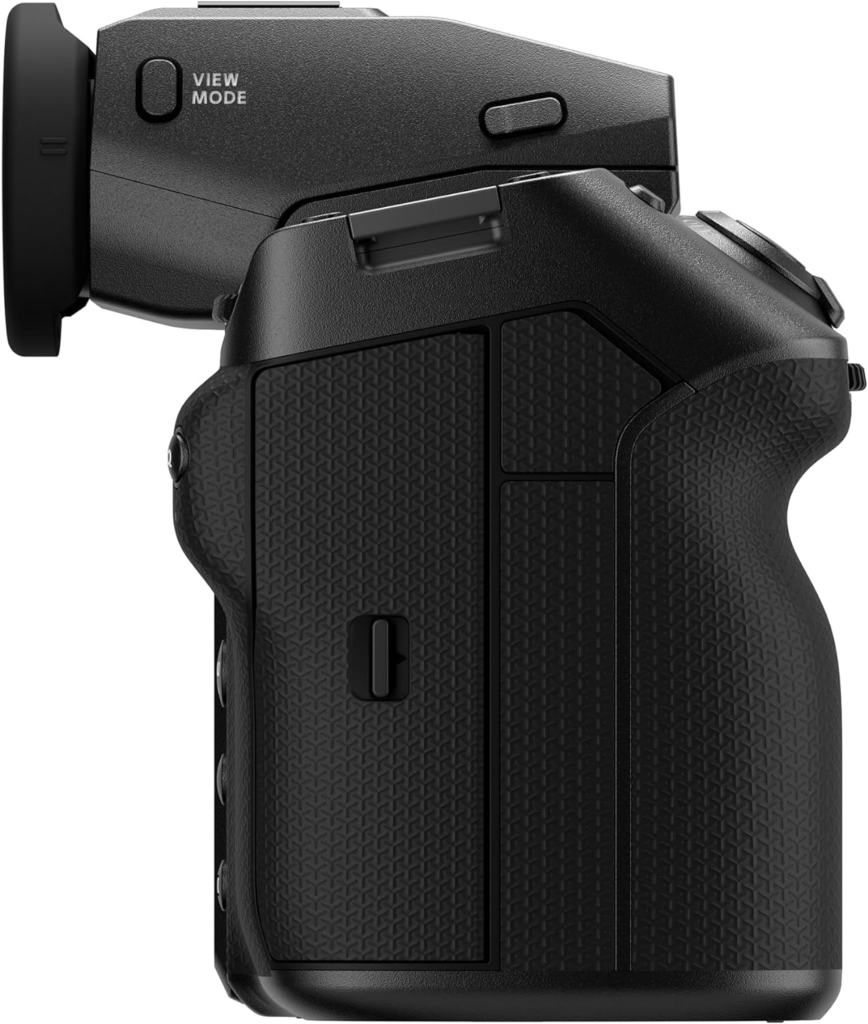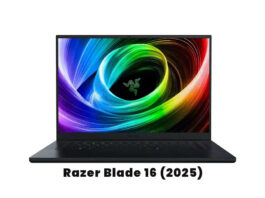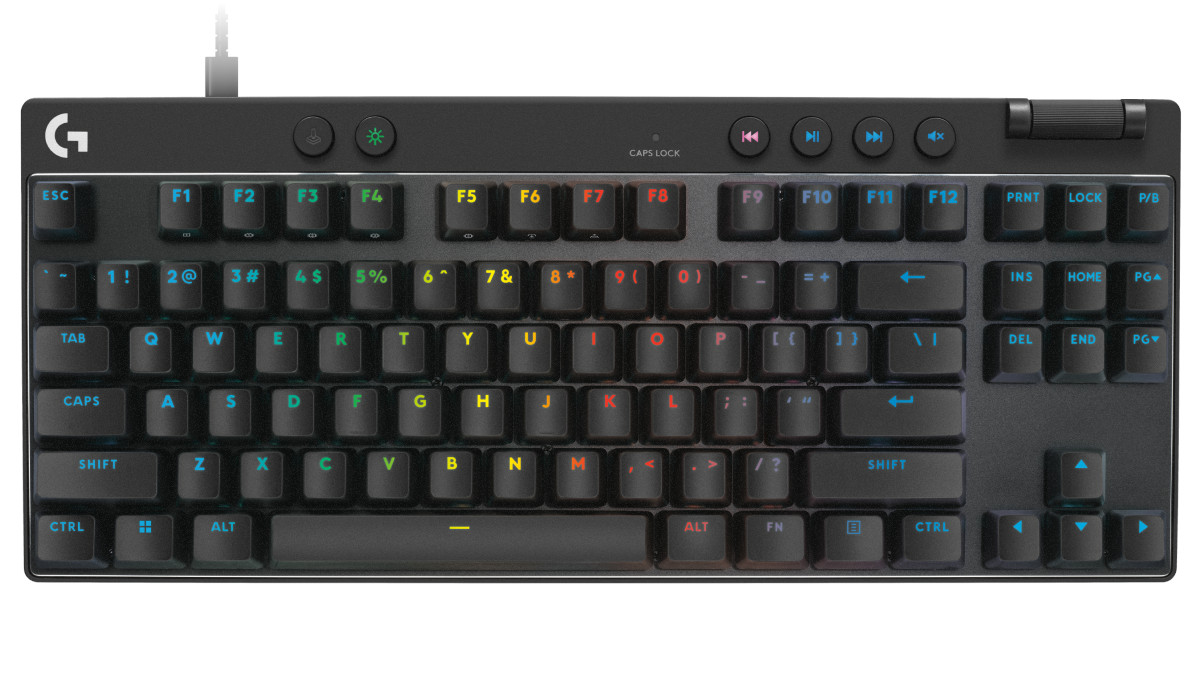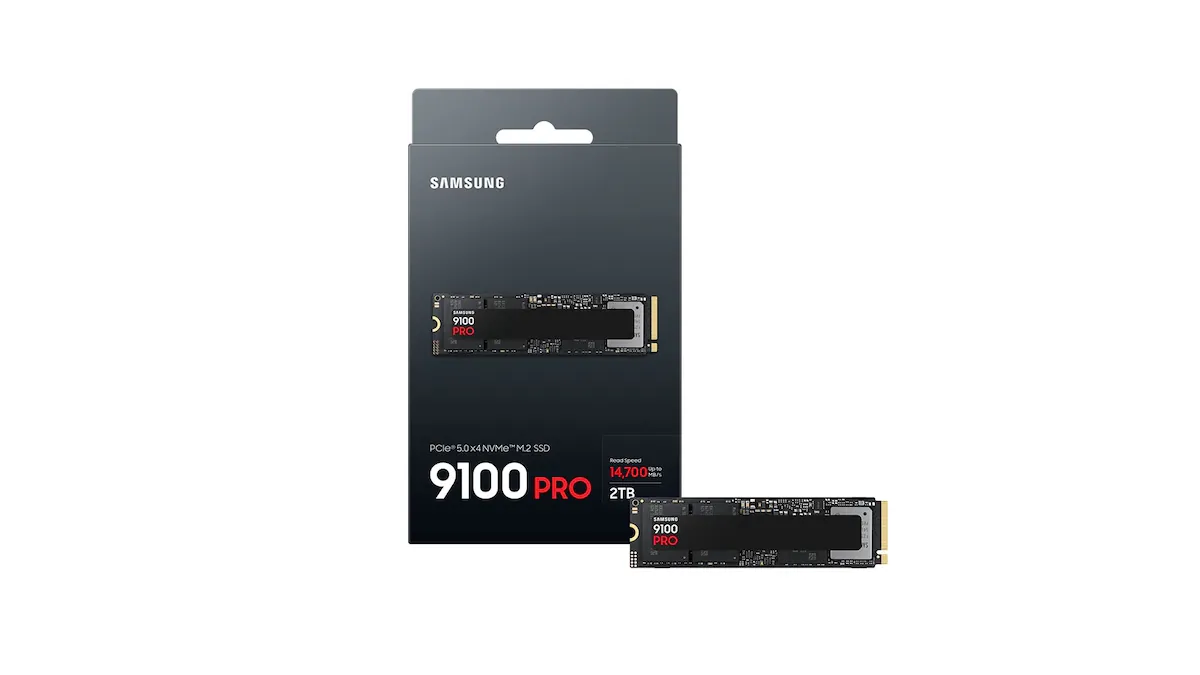The Fujifilm GFX100 II stands out as the premier choice for many, provided the budget allows. While I favor the Hasselblad X2D 100C for its streamlined design and user-friendly interface in photography, the GFX100 II excels as the dominant medium-format camera, surpassing even Fujifilm’s own GFX models.
With this camera, you no longer face the dilemma of sacrificing resolution for speed. The GFX100 II seamlessly delivers both high-resolution images and swift performance in both photography and videography. It’s a game-changer in the medium-format arena.
Key Advantages:
- Unrivaled speed in the medium-format category
- Exceptional image and video quality
- Imposing, clear viewfinder display
Noteworthy Drawbacks:
- Some GF lenses may not match the autofocus speed
- Bulkier and heavier compared to full-frame cameras
- Geared towards photography, limiting its appeal to video enthusiasts.
Fujifilm GFX100 II: A Game-Changer in Medium-Format Photography
In the realm of medium-format photography, the Fujifilm GFX100 II shatters preconceived notions of slowness, emerging as the epitome of power, responsiveness, and versatility.
Exceptional Image Quality and Speed
With a breathtaking 102MP sensor, this camera effortlessly produces 8fps raw images while maintaining dependable subject detection autofocus, complete with human eye AF. It’s a true blend of power and quality, firmly establishing its position among the finest professional cameras.
No longer must you make the agonizing choice between image quality and speed. The GFX100 II bridges the gap, outpacing other GFX models and matching the swiftness expected from enthusiast full-frame cameras such as the Sony A7R V and Fujifilm X-T5. All the while, it boasts industry-leading image quality with its 102MP sensor.
For the first time, this sensor format extends its utility beyond controlled studio, portrait, and landscape scenarios, embracing a broader spectrum of subjects in everyday photography.
A Versatile Video Powerhouse
The GFX100 II’s prowess extends into videography, offering 8K/30p video and ProRes raw recording. LUT color profiles, a versatile multi-aspect ratio, anamorphic capability, compatibility with external SSDs, and a cooling fan for extended recording sessions make it a videographer’s dream.
Modern Body Design with a Twist
Fujifilm’s innovative body design takes a departure from retro or plain aesthetics. It embodies a modern, brutalist sensibility, which, over time, becomes surprisingly appealing. While not as favored for photography handling as the Hasselblad X2D 100C, the GFX100 II stands as a versatile hybrid camera with a considerable edge in the video domain.
Image Quality Par Excellence
Whether you’re primarily a photographer or videographer, the GFX100 II’s image quality reigns supreme, assuming the budget allows. It truly redefines the possibilities in medium-format photography and videography.
Fujifilm GFX100 II: Release Date and Price
The GFX100 II, available for pre-order, boasts a price tag of $7,499 / £6,999 / AU$12,599 for the body only, while the optional VG-GFX II grip is an extra $499 / £479 / AU$899. This price range aligns with our expectations, making it the most practical GFX camera for the majority.
Additionally, the ‘Fan-001,’ designed for Fujifilm’s X-H2S, X-H2, and X-S20, enhances high-resolution video recording time and remains compatible with the GFX100 II for $199 / £169 / AU$369.
Fujifilm introduced a GF lens, the GF 55mm F1.7 R WR, designed to match the autofocus capabilities of the GFX100 II, priced at $2,299 / £2,249 / AU$3,899.
Features and Performance
- An impressive continuous 8fps shooting rate for over 1,000 JPEGs
- The X Processor 5, provides the swiftest GFX performance to date
- Exceptional 8-stop in-body image stabilization
- Enhanced 102MP sensor with X Processor 5 for unrivaled speed and autofocus precision, comparable to Fujifilm X-T5’s performance.
Putting eye detection AF to the test, the GFX100 II swiftly locks onto subjects, resulting in sharp focus, particularly for static human portraits. In high-speed burst shooting, the GFX100 II’s maximum 8fps speed with continuous AF impresses by allowing an almost unlimited number of JPEG photos on a CFExpress card.
However, using an SD card proves impractical, and optimal performance demands CFExpress media or an external SSD. The redesigned in-body image stabilization unit delivers a remarkable 8-stop maximum effective stabilization, reducing the need for a tripod, and ensuring sharper images even at slower shutter speeds.
In conclusion, the GFX100 II emerges as the most capable medium-format camera, combining speed and precision for a truly remarkable photography experience.
Fujifilm GFX100 II: Form and Function
In terms of design, the GFX100 II closely resembles the GFX100S in size but offers flexibility. It can be paired with the VG-GFX II vertical grip, offering portrait shooting and extended battery life. However, it stands apart by accommodating the EVF-TL1 tilt adaptor, allowing waist-level viewing, a rarity in medium-format cameras.
The GFX100 II sports a remarkable 9.44m-dot EVF, second only to the Sony A7R V. It excels with a 0.64-inch display, 1x magnification, and a stunning 9.44m-dot resolution. For a rapid 120fps refresh rate in high-speed scenarios, you can switch to the 0.5-inch display setting with a 5.76m-dot resolution. However, it’s worth noting that there may be a slight blackout during an 8fps burst when capturing full-resolution images.
The two-way tilt touchscreen allows both upward and downward movement, enhancing versatility. Still, it doesn’t feature the side-flip design for selfie shooting.
While it’s smaller than the GFX100, it’s essential to remember that it’s medium format. In comparison, the GF 55mm F1.7 R WR lens, resembles a high-end DSLR like the Canon EOS 5D Mark IV.
The GFX100 II offers a comfortable grip and a convenient back-lit top LCD that can be customized to display exposure information, a histogram, or ISO and shutter speed dials.
In terms of controls, it departs from Fujifilm’s retro offerings, featuring a modern, brutalist aesthetic. Although its appearance may not be love at first sight, it gradually grows on you.
It doesn’t sport numerous dedicated buttons but offers a range of customization options and quick access to exposure settings through the front control dial.
The GFX100 II improves battery life by 20% compared to its predecessor, with the same WP235 battery, providing up to 540 shots. The optional vertical grip with extra batteries can further extend the battery life.
While its video specifications are top-notch on paper, it remains primarily a photography camera, lacking features like XLR inputs for professional videographers.
In terms of design, the GFX100 II scores an impressive 4.5 out of 5.
Image and Video Excellence
In the realm of image and video quality, the GFX100 II shines.
The new 102MP sensor, an evolution of the GFX100’s already impressive sensor, redefines excellence with an enhanced photodiode design. Each microlens boasts a 30% greater photodiode capacity, resulting in a base ISO of 80 (compared to the GFX100’s ISO 100). In optimal lighting conditions, the GFX100 II delivers unparalleled dynamic range, setting new standards for single-shot photography.
The array of color profiles, inspired by Fujifilm film stock, now includes a noteworthy addition, Reala Ace. It offers a natural and rich profile with exquisite tonal detail, adding to the palette of 20 choices (including black and white profiles with different filter effects).
While the Hasselblad X2D 100C marginally surpasses the standard color profile, Fujifilm stands out with its creative effects, including real-time LUT profiles for both photography and videography.
The GFX100 II introduces a high-res shot mode, creating a 400MP image from sixteen 100MP shots, provided your subjects remain still and the camera is mounted on a tripod. This capability offers exciting possibilities for high-quality images.
In summary, if budget constraints are not a concern, the GFX100 II promises some of the finest photo quality achievable.
On the video front, the GFX100 II raises the bar with remarkable capabilities. It features 10-bit 8K 30p video with a 1.5x crop, 4K 60p, 4K 120p slow-motion, ‘open gate’ multi-aspect ratio recording, and the F-Log2 color profile, offering exceptional dynamic range at the base ISO of 800.
The GFX100 II can shoot in multiple cine formats, thanks to its large GF-mount image circle. Fujifilm assures minimal rolling shutter distortion due to enhanced sensor readout speed.
While the GFX100 II maintains its photography-focused design, it excels in video quality, rivaling flagship models from other leading brands.
Image and Video Quality: A Perfect 5/5
Fujifilm GFX100 II: Test Scorecard
- Price: A bit pricey, but justified for the specs – Score: 4/5
- Design: Modern, modular, sizable, and capable – Score: 4.5/5
- Features and Performance: The fastest and most feature-packed medium-format camera ever – Score: 5/5
- Image Quality: Sets a benchmark for image quality in consumer cameras – Score: 5/5
Should You Buy the Fujifilm GFX100 II?
Buy it if:
- You seek the most powerful 100MP camera.
- You’re a professional hybrid shooter who mixes photography and video.
- You desire a modular medium-format camera.
Don’t buy it if:
- You prefer Fujifilm’s retro aesthetics.
- You don’t require an extreme level of detail.
- Filmmaking is your primary focus, as the GFX100 II remains primarily photo-centric.
Discover more from NewForTech
Subscribe to get the latest posts sent to your email.



